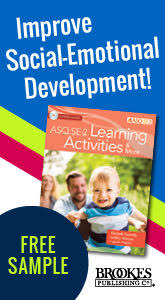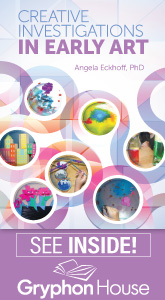ExchangeEveryDay Past Issues
 << Previous Issue
| View Past Issues | | Next Issue >>
<< Previous Issue
| View Past Issues | | Next Issue >> -Matt Swanson
Jarrod Green, in his book, I’m Ok: Building Resilience through Physical Play, provides a few examples of what he means when children have resilience:
“It can be working on a jigsaw puzzle even when you’re having a difficult time with it. It can be noticing there’s no seat at the table you wanted and saying, ‘Oh well, I’ll find another spot.’ It can be cuddling your teddy bear when your best friend says he doesn’t want to play with you. It can be snuggling up to a teacher when reading a scary book.”
Green describes the challenge educators sometimes face in helping children develop resilience:
“We live in a culture where there’s a lot of fear for children, especially concerning their physicality. It can be challenging to communicate about resilience with families, who rightly prize their children’s safety, and with other teachers who rightly feel charged with children’s safety…That said, resilience is a crucial part of our teaching practice. If we want children to grow into confident, engaged, fulfilled, happy members of society, they’re going to need the skills to pick themselves up, brush themselves off, and bounce back.”
Building Resilience through Physical Play |
 |





Comments (2)
Displaying All 2 Commentswomen university
lima, LIMA, Peru
As a peacebuilder working with small children Resilience is a key element that through Play and Arts gives children the opportunity to discover and activate extraotrdinary potentials for dealing with difficulties, challenges and limitations.
In my going around the world and learning and sharing with different groups I have been fascinated with the extraordinary power of Palestinian circus to contribute to foundations of Peace and resilience in the younger generations.
Could you imagine your life as an iron cord if you are an equilibrist, do you imagine the degree of awareness, cooperation and compassion that you need to have if you do trapeze activities, how can you love at yourself if you do clowning.
Bearing in mind the situatioonm of Palestinian children and many refugees and war displace children PLAY AND ARTS FOR PEACE!!!
McKor Shalon Nursery
Cherry Hill, NJ, United States
I would think that teaching a child the importance of inner strength at an early age could be very fulfilling for him. I especially love the last sentence regarding children picking themselves up, brush themselves off, and bounce back, or in other words, start all over again.
Post a Comment